Dr. Ben Carson joined SiriusXM host Alex Marlow on Friday’s Breitbart News Daily to offer a preview of Donald Trump’s upcoming interview with Bishop Wayne T. Jackson of Detroit for the Impact Network.
“Clearly he wants to emphasize the fact that education is a huge part of success in America,” said Carson. “It really doesn’t matter what a person’s racial or economic background is. If they get a good education, they pretty much can write their own ticket.”
“And yet, we have huge pockets of failure, particularly in our inner cities, with schools that simply are dysfunctional, and local politicians who protect those schools, rather than do what’s necessary to improve those schools,” he lamented.
Carson, who was born and raised in Detroit, said Trump would be “talking about school choice and vouchers, but also about economics.”
“You know, Detroit is a perfect place to talk about it, because it was once the most prosperous city in America, and from there has gone on to become the biggest bankruptcy after decades of progressive leadership,” he mused.
“That should tell anybody – Democrat, Republican, independent – that there’s something wrong with the course that’s been staked out on, and that you really need to stop and do something different,” Carson added. “You know, the definition of insanity is doing the same thing and expecting a different result. We’ve got to stop being insane and start exercising common sense.”
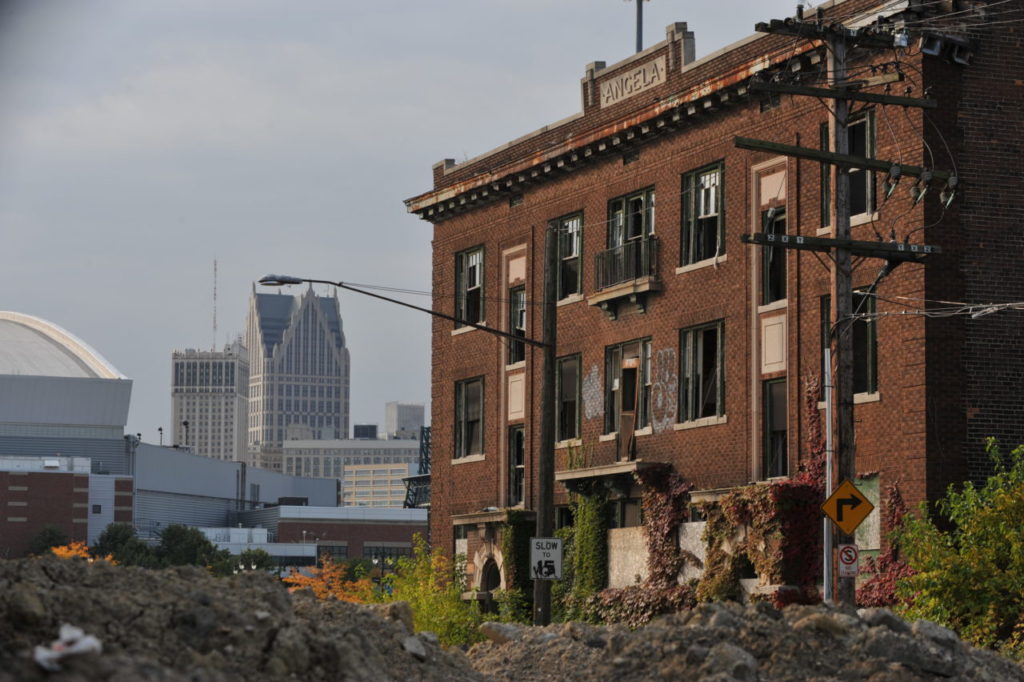
Ford Field, home of the NFL Detroit Lions, is seen near an abandoned building in Detroit, Michigan. (Mira Oberman/AFP/Getty Images)
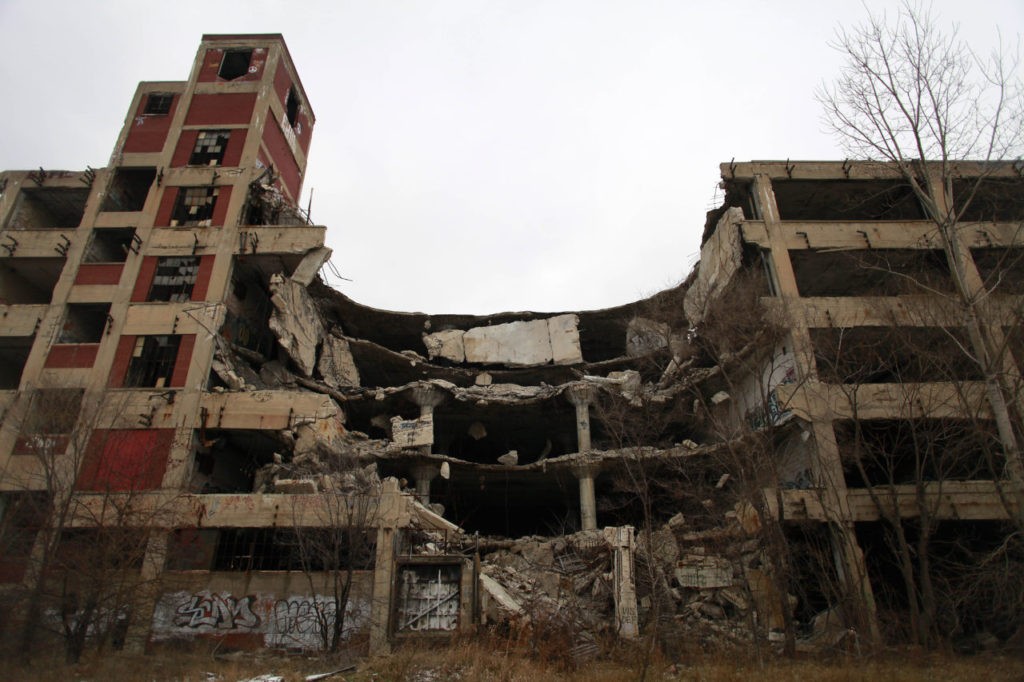
Exposed rebar and concrete chunks hang from the abandoned Packard Automotive Plant. (Joshua Lott/Getty Images)
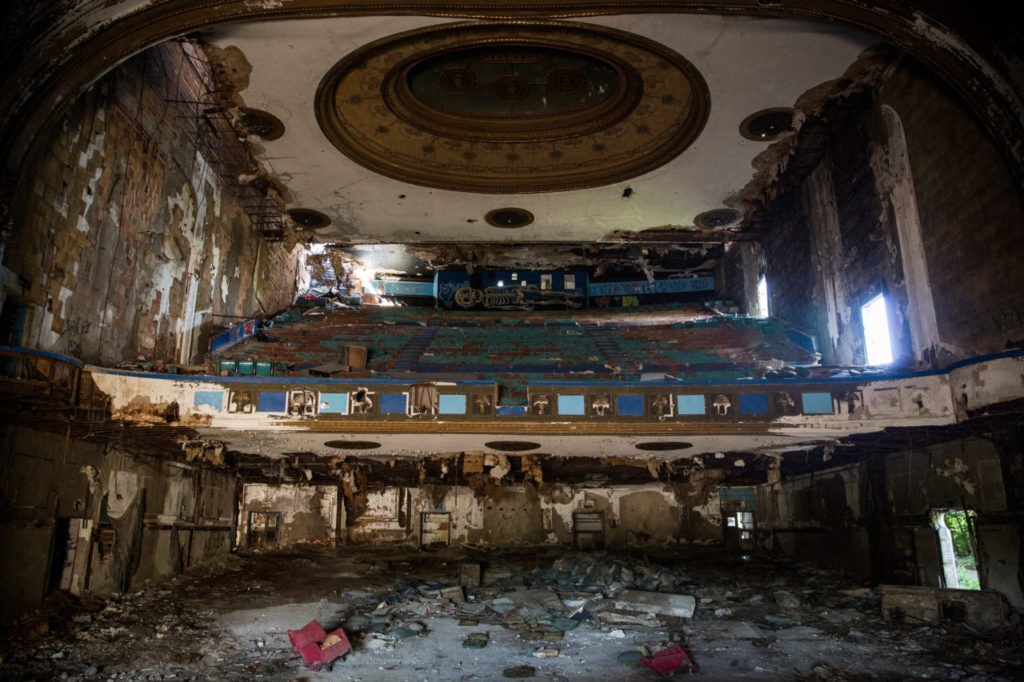
Remnants of Detroit’s historic Eastown Theatre. The theatre operated as a movie theater, music venue and church off-and-on from 1931 until 2004; the building could seat 2,500 people. Since 2004 it has been abandoned and fallen into disrepair. (Andrew Burton/Getty Images)
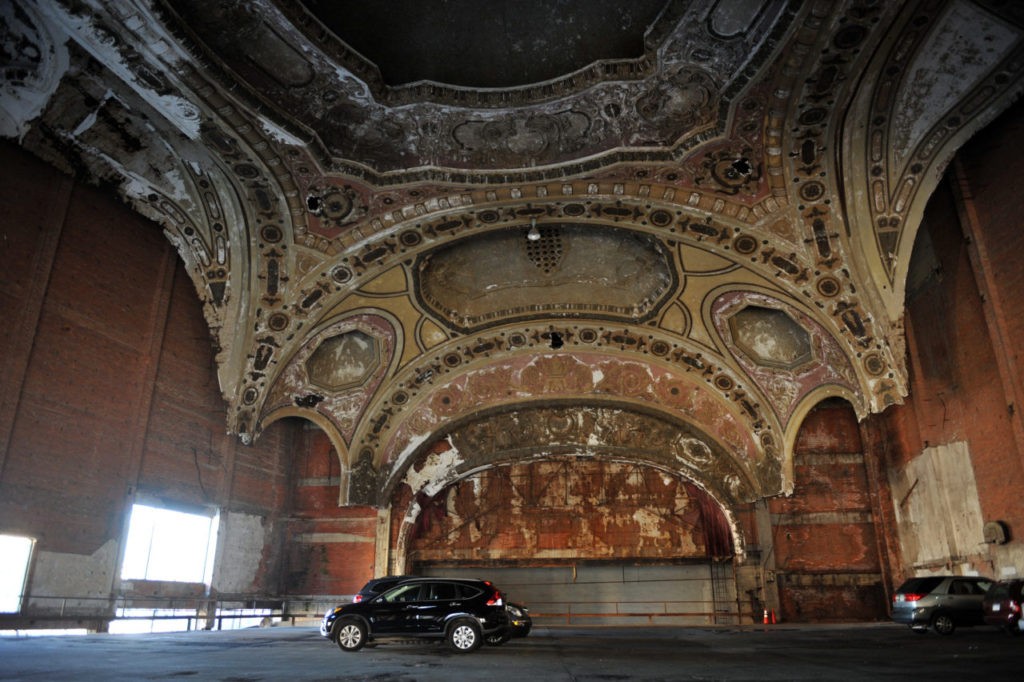
Detroit’s once glorious and now decrepit Michigan Theater was saved from the wrecking ball by being transformed into a car park. (Mira Oberman/AFP/Getty Images)
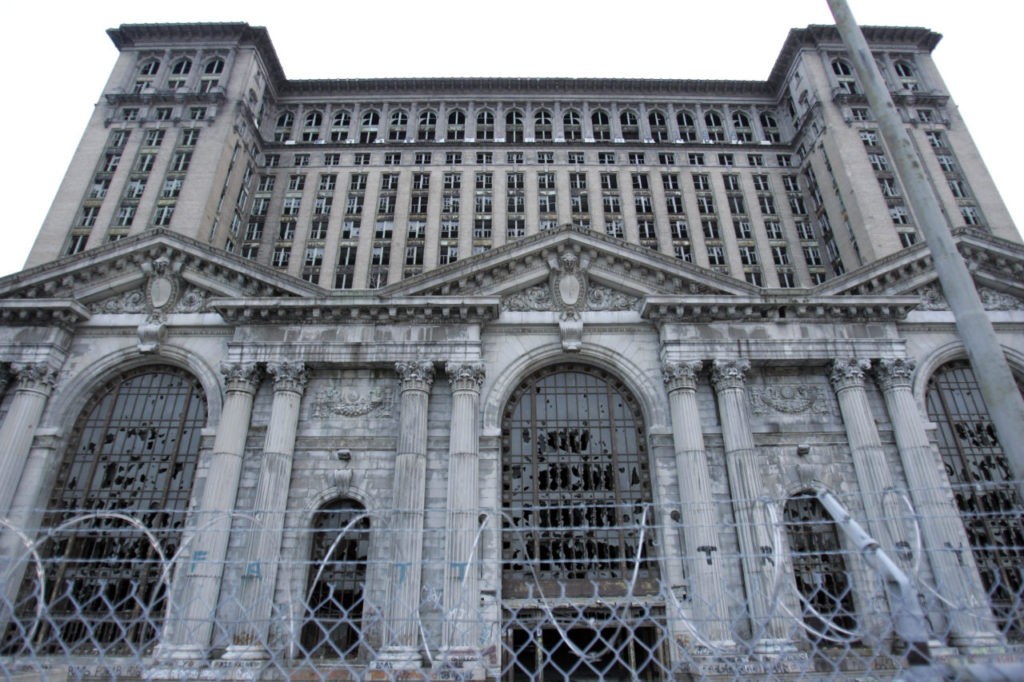
Less than two miles from downtown Detroit stands the decaying 18-story Michigan Central Railroad Station. Built in 1913, it has remained unoccupied for over 20 years as one developer after another shied way from the cost of restoring its Beaux-Arts glory. The famous structure was added to the National Register of Historic Places in 1975, but today its crumbling architectural grandeur is an object of fascination for “ruins photography.” (AP Photo/Carlos Osorio)
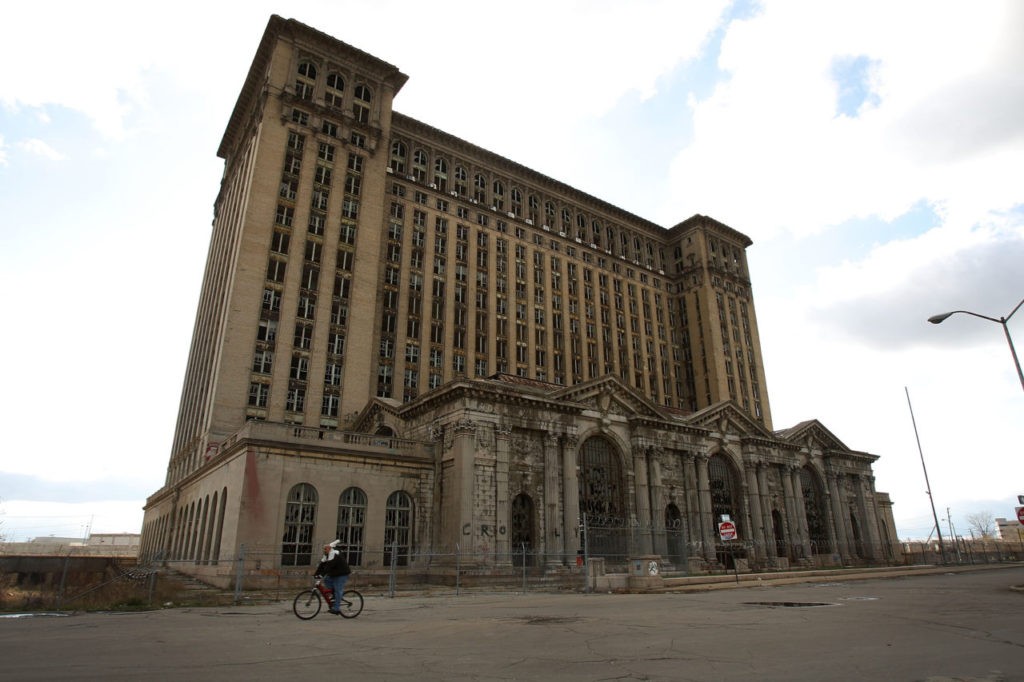
A man rides his bike past the shuttered Michigan Central Railroad Station on Nov. 20, 2008. An estimated one in three Detroiters lives in poverty, making the city the poorest large city in America. (Spencer Platt/Getty Images)
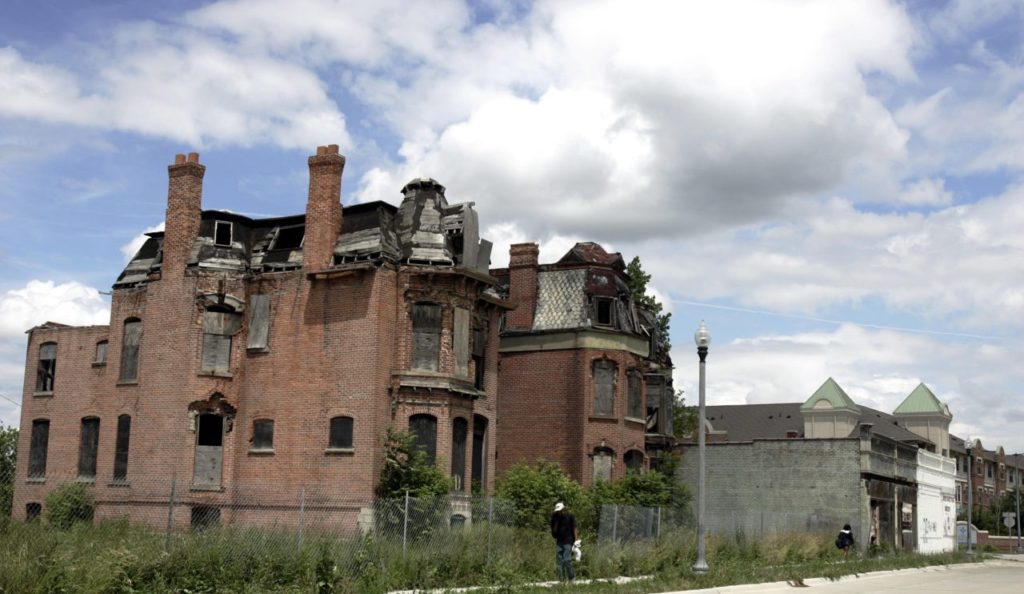
Houses along Detroit streets have become derelict abandoned buildings in what was once a thriving middle class area. (Jeff Haynes/AFP/Getty Images)
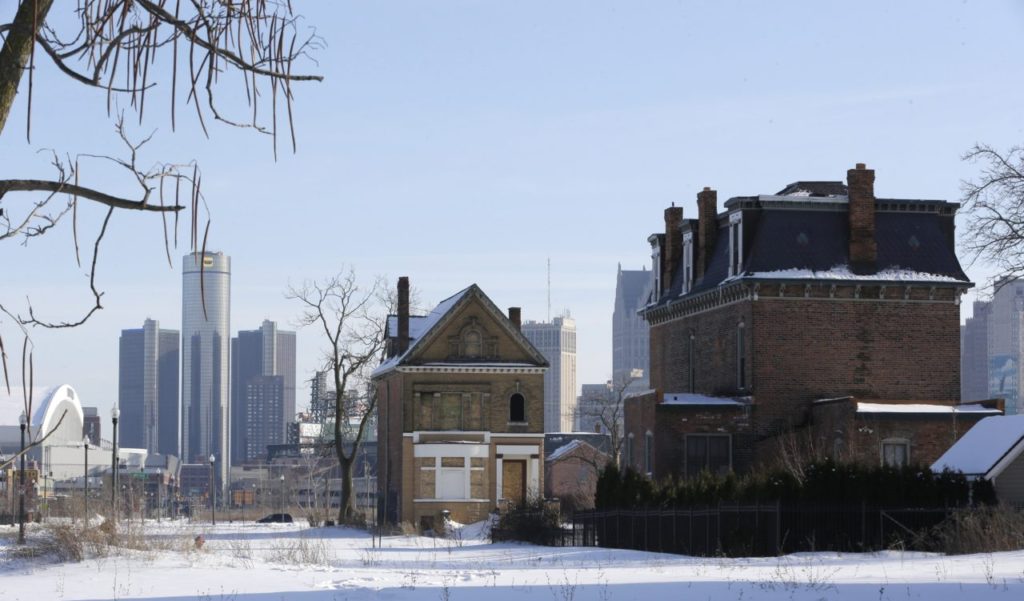
A boarded up house in Detroit’s Brush Park neighborhood, once one of the wealthiest neighborhoods in a prosperous city. More images of Brush Park’s ruined mansions can be viewed here. (AP Photo/Carlos Osorio)
“There are so many regulations now, it’s become very difficult to start a business, and more difficult to run a business,” Carson said. “I’m not a person who thinks we should get rid of all regulations, but let’s do this within reason.”
He noted that America’s Founders “were so concerned about government overreach, and yet, that’s exactly what we’ve allowed to happen. We now have the government in everything, trying to control every aspect of our lives.”
“To a degree, it’s the fault of We the People, because we’ve kinda sat back, and relaxed, and just watched who’s on ‘Dancing With the Stars,’ and who’s playing football, and not really been paying attention to what’s going on,” said Carson. “And of course, the government does what all governments do in a situation like that: they expand, and they take over.”
“So now it’s time to rein them back in,” he urged. “It’s time to create tax policies that incentivize, rather than disincentivize, innovation and hard work.”
Carson said Trump would also be talking about “how immigration policies fit into the whole job market area,” because “obviously, we need to take care of our people first.”
“That doesn’t mean that we’re heartless,” he added. “But you know, somebody who has a home doesn’t just, because someone comes up and knocks on the door and says, ‘I want to come in and live in your home,’ they don’t invite them in.”
Marlow asked Carson about former president Bill Clinton’s suggestion that Detroit should be repopulated with, and rebuilt by, refugees from Syria.
“If it’s Bill Clinton that’s suggesting it, I would examine it very carefully,” Carson laughed. “You know, there are plenty of people in Detroit who you could almost look at as refugees. I mean, we need to take care of our own people. We need to create jobs for them. That’s relatively easy to do.”
“You look, for instance, at the over $2 trillion overseas, that’s not being brought back because of our high tax rate. Lets’ bring that money back, incentivize it to be brought back by getting rid of the taxes on it, but requiring that 10 percent of it be used in enterprise zones, and to create jobs for people who are unemployed or underemployed,” he suggested. “It would be the biggest stimulus since FDR’s New Deal, and it wouldn’t cost the taxpayers one penny.”
“Those are the kinds of things we need to do, because then it gets corporate America once again involved in their communities. And they used to be, before the government took over everything and messed it up,” Carson said.
Breitbart News Daily airs on SiriusXM Patriot 125 weekdays from 6:00 a.m. to 9:00 a.m. Eastern.
LISTEN:
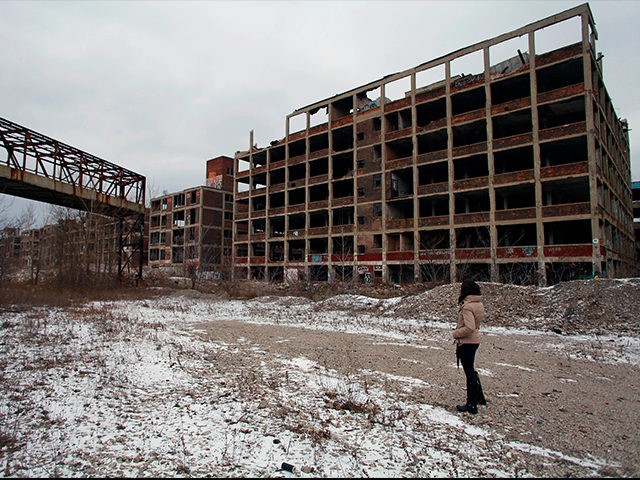
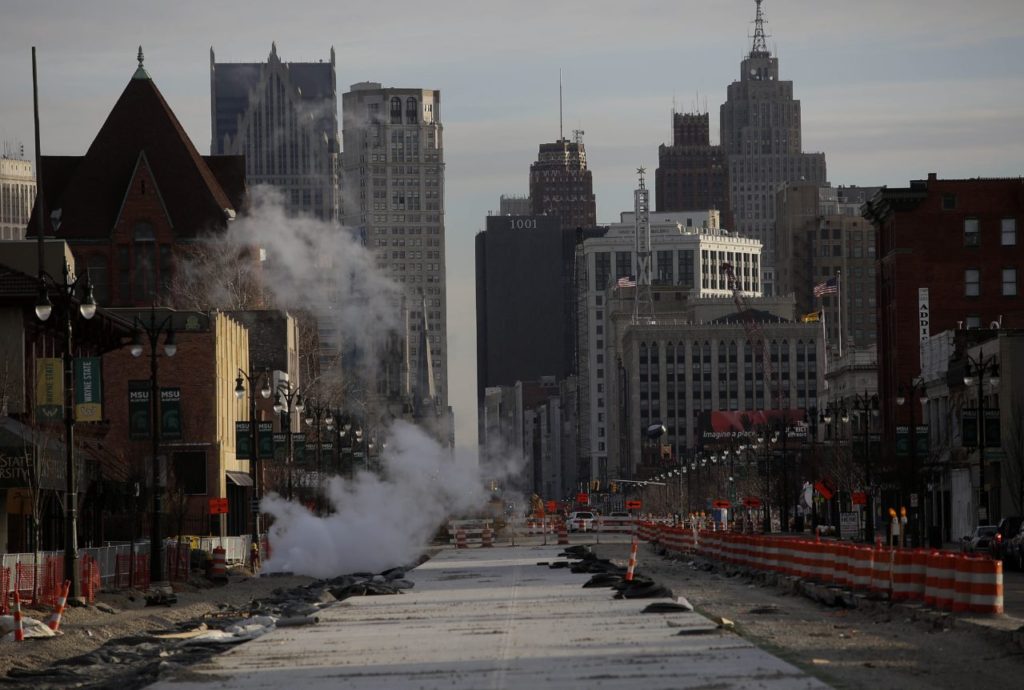
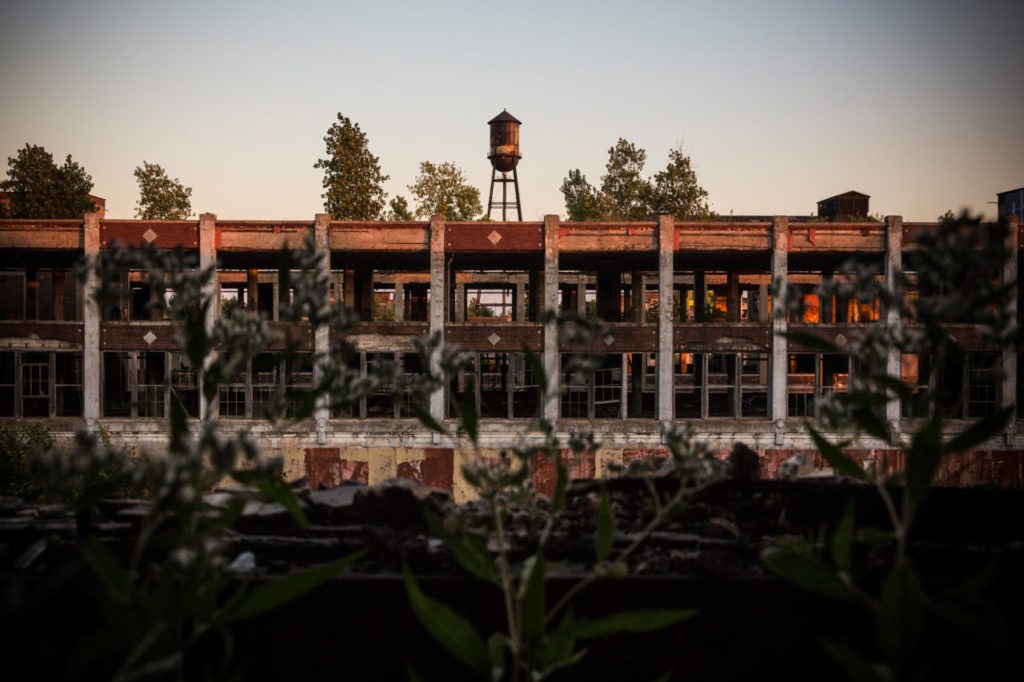
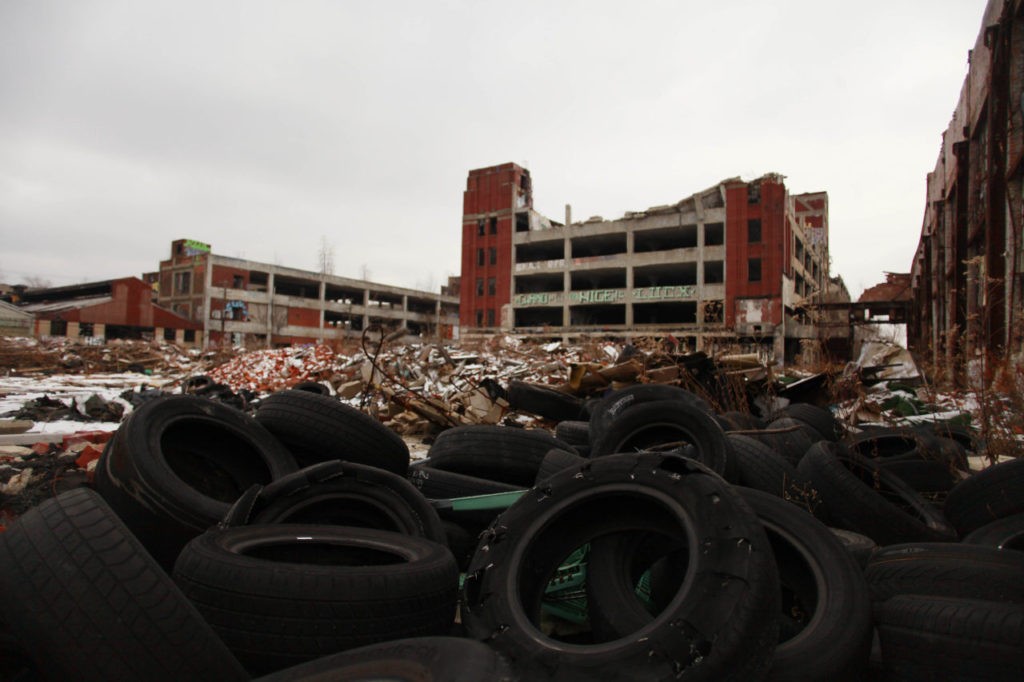
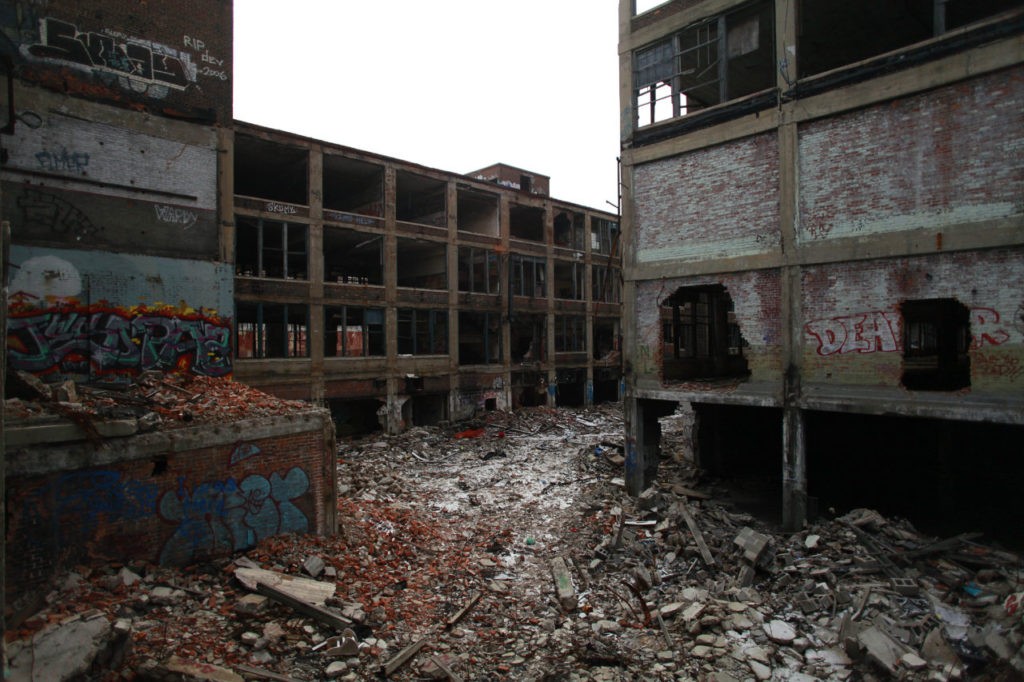

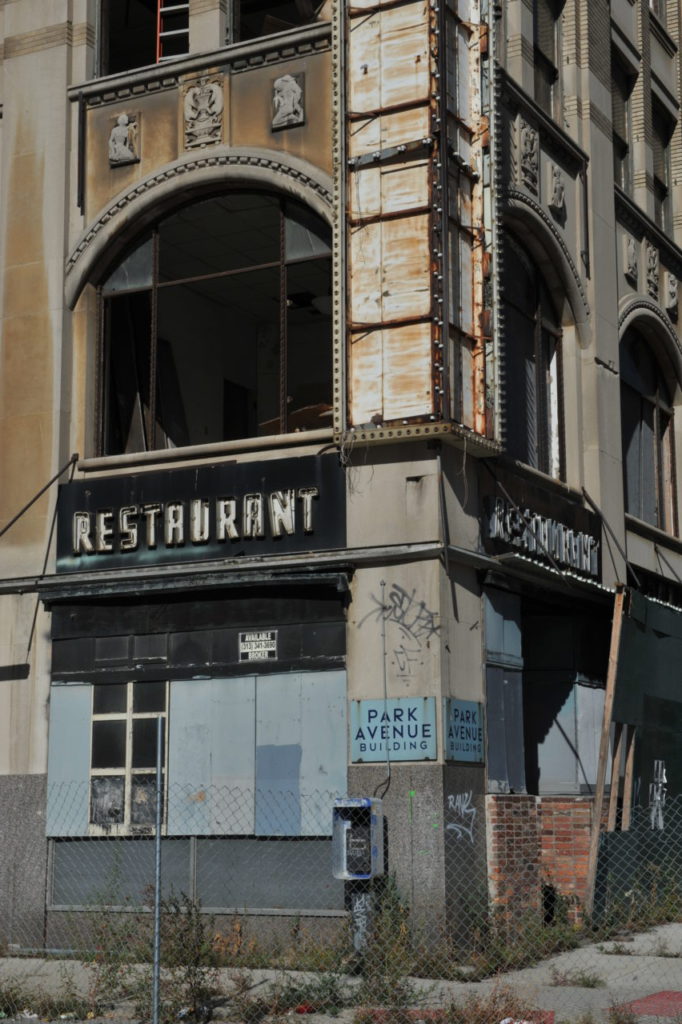
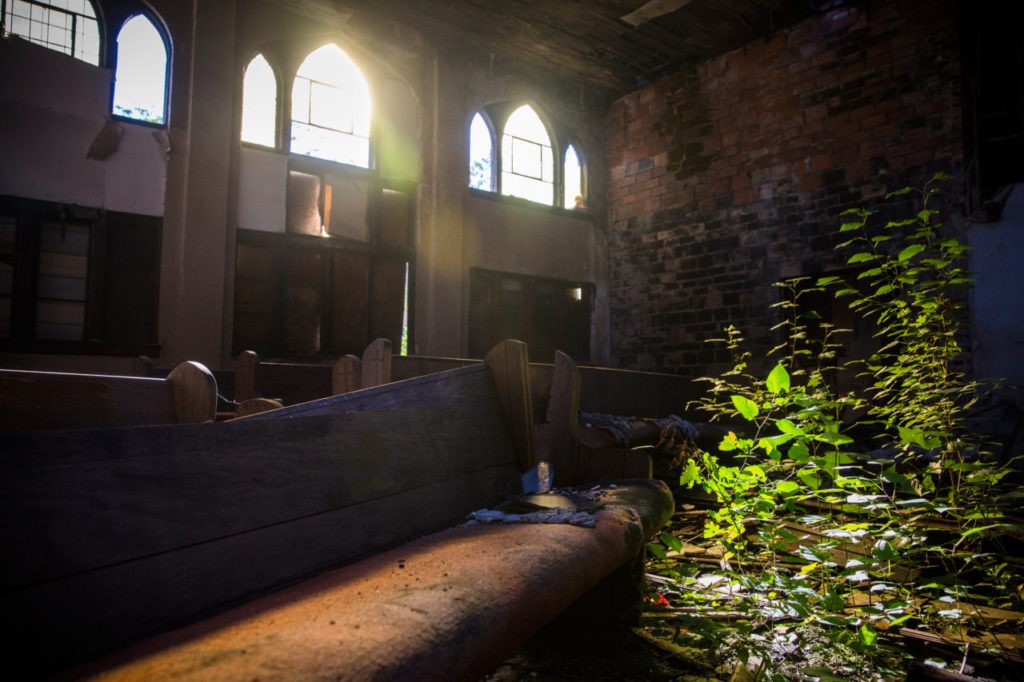
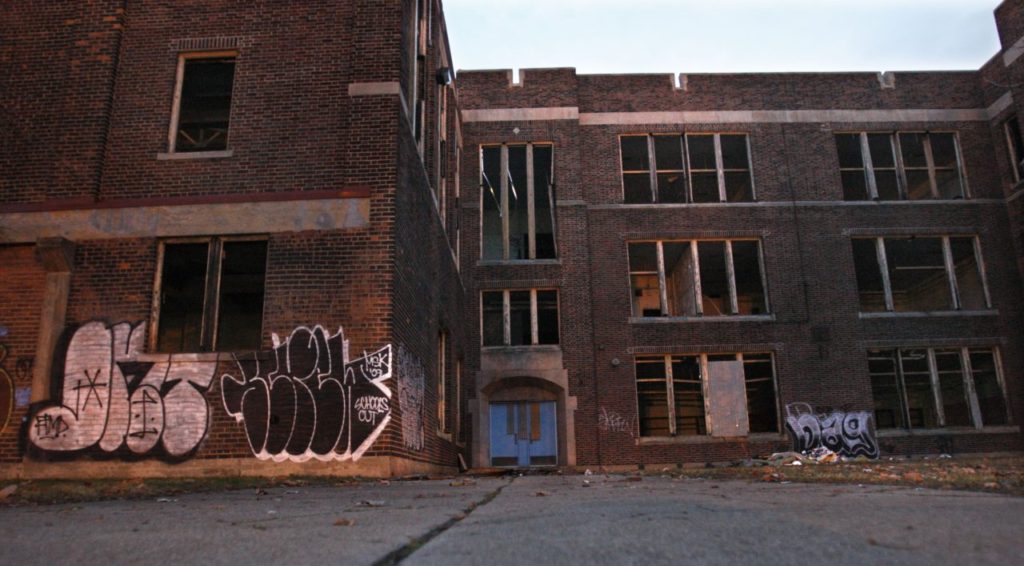
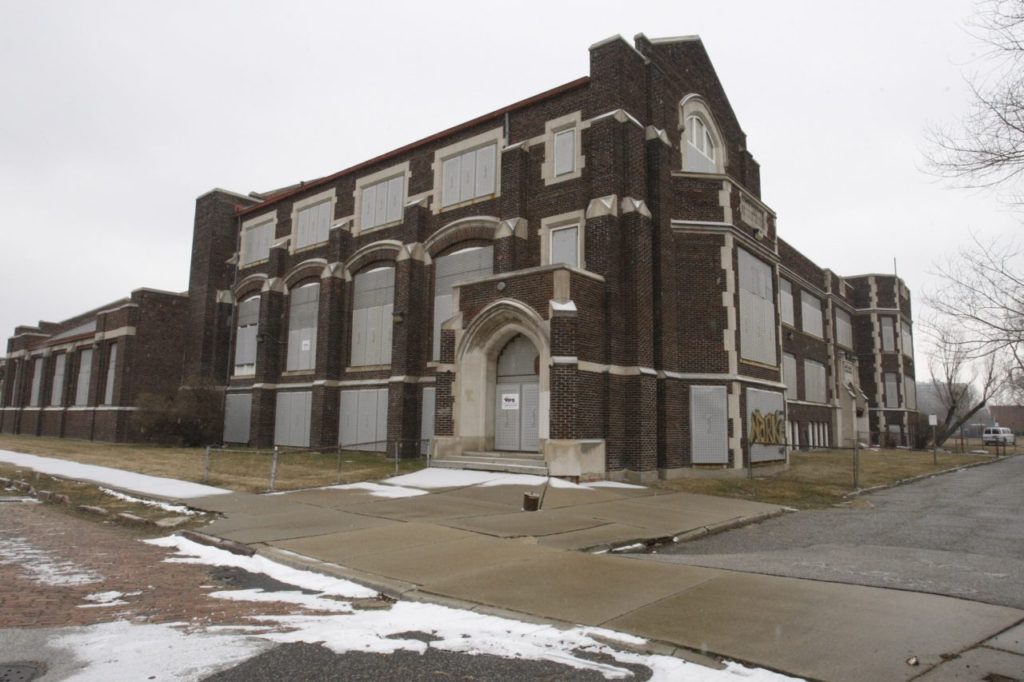
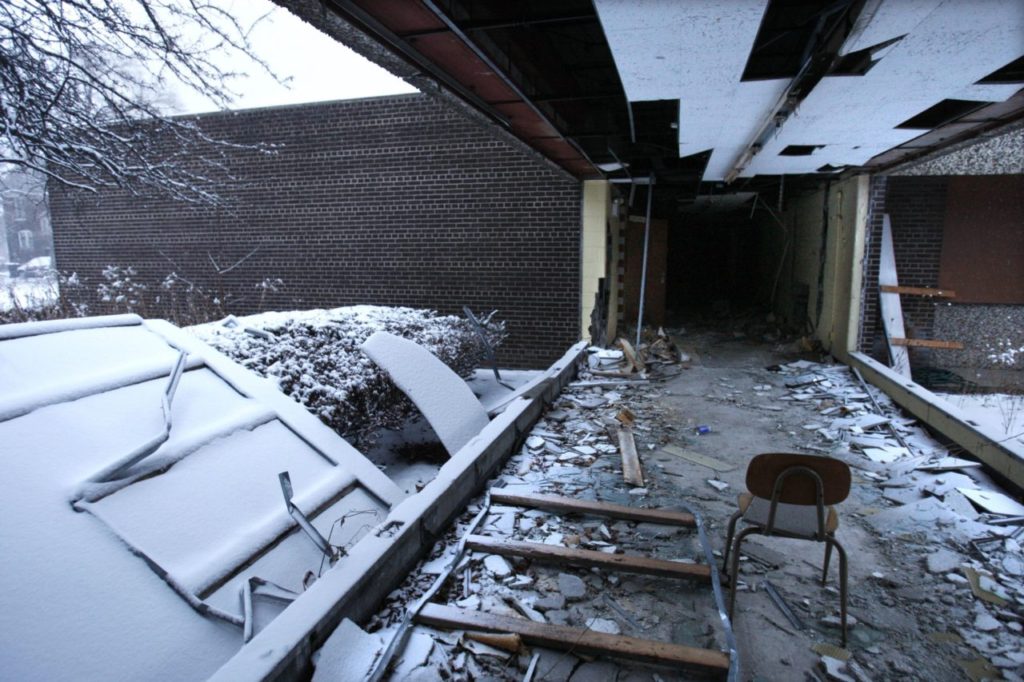
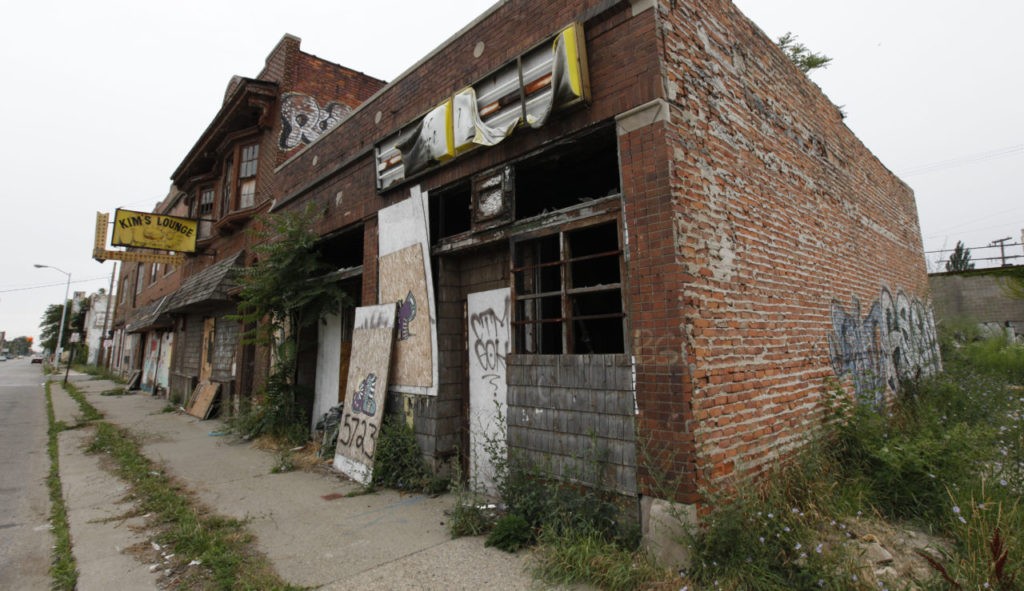
COMMENTS
Please let us know if you're having issues with commenting.